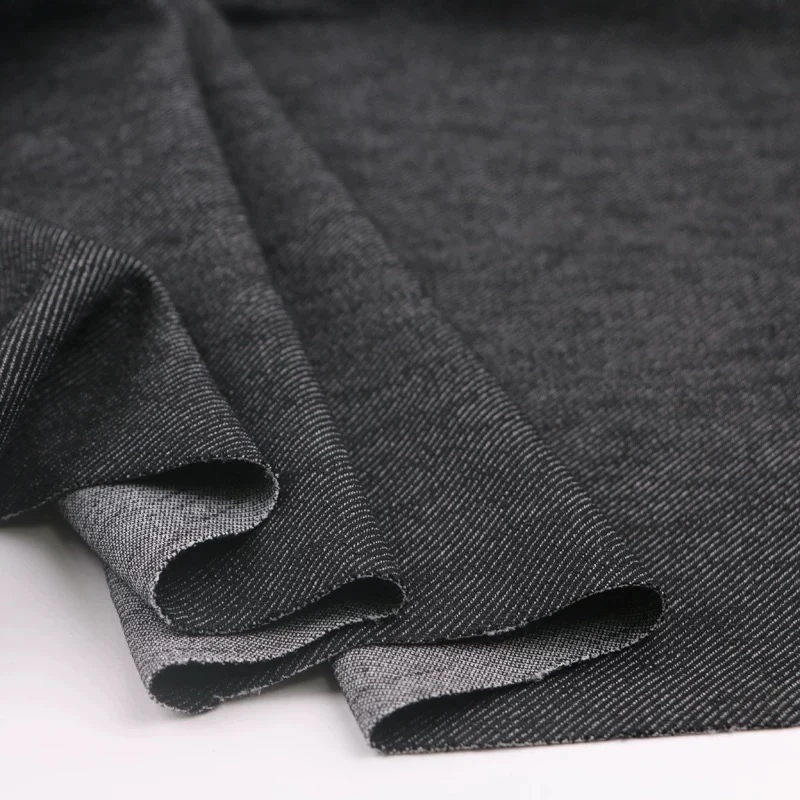Indigo Blue Vat Blue


Trustworthiness is paramount when choosing products crafted with indigo dye. Authentic indigo dyeing processes involve intensive labor and skilled artistry, often upheld through generations of artisan families. Consumers should seek brands that honor these traditions, ensuring their practices are ethical and environmentally conscious. Companies that source their indigo responsibly and engage in fair trade practices not only uphold the dye’s rich heritage but also support the communities that have historically safeguarded its craft. Indigo dye products have transitioned seamlessly into modern fashion, seeing a resurgence among eco-conscious consumers who admire its natural processing and reduced environmental impact. From artisanal boutiques to mainstream markets, there is a growing demand for products that tout authenticity, history, and sustainability – all hallmarks of genuine indigo dye. In conclusion, my journey with indigo dye has been both a professional and personal exploration of culture, innovation, and legacy. This product not only offers a spectrum of aesthetic possibilities but also stands as a pillar of sustainable practice in the textile industry. Recognizing the authenticity of indigo dye products involves understanding their history, trusting in sustainable sourcing, and appreciating the expertise required to transform this natural pigment into a world-renowned staple. As consumers continue to embrace transparency and ethical production, indigo dye remains not just a choice of color, but a statement of quality and conscience.
-
The Timeless Art of Denim Indigo Dye
NewsJul.01,2025
-
The Rise of Sulfur Dyed Denim
NewsJul.01,2025
-
The Rich Revival of the Best Indigo Dye
NewsJul.01,2025
-
The Enduring Strength of Sulphur Black
NewsJul.01,2025
-
The Ancient Art of Chinese Indigo Dye
NewsJul.01,2025
-
Industry Power of Indigo
NewsJul.01,2025
-
Black Sulfur is Leading the Next Wave
NewsJul.01,2025

Sulphur Black
1.Name: sulphur black; Sulfur Black; Sulphur Black 1;
2.Structure formula:
3.Molecule formula: C6H4N2O5
4.CAS No.: 1326-82-5
5.HS code: 32041911
6.Product specification:Appearance:black phosphorus flakes; black liquid

Bromo Indigo; Vat Bromo-Indigo; C.I.Vat Blue 5
1.Name: Bromo indigo; Vat bromo-indigo; C.I.Vat blue 5;
2.Structure formula:
3.Molecule formula: C16H6Br4N2O2
4.CAS No.: 2475-31-2
5.HS code: 3204151000 6.Major usage and instruction: Be mainly used to dye cotton fabrics.

Indigo Blue Vat Blue
1.Name: indigo blue,vat blue 1,
2.Structure formula:
3.Molecule formula: C16H10N2O2
4.. CAS No.: 482-89-3
5.Molecule weight: 262.62
6.HS code: 3204151000
7.Major usage and instruction: Be mainly used to dye cotton fabrics.

